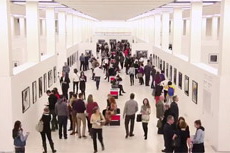Recollections
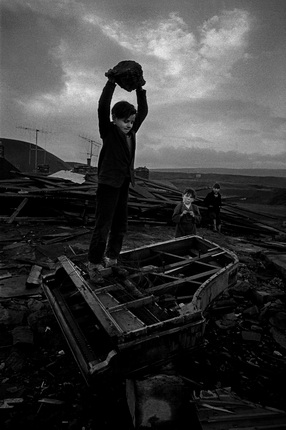
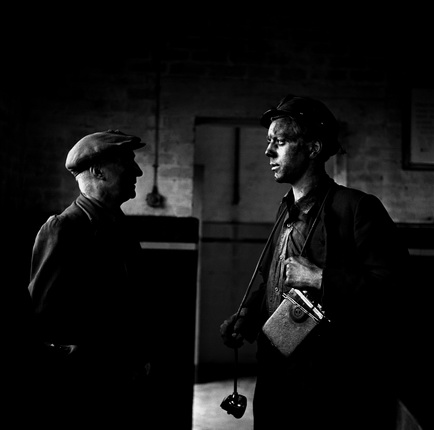
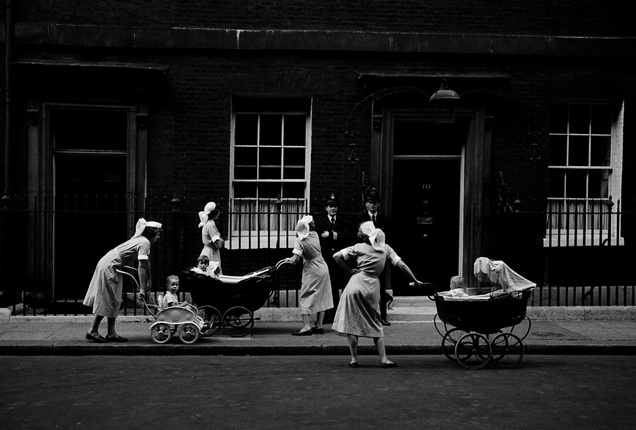

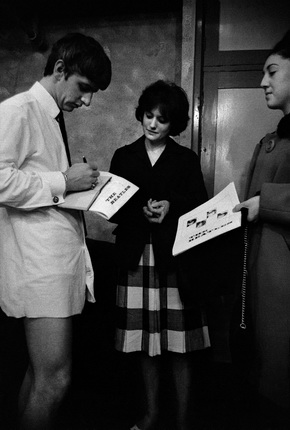


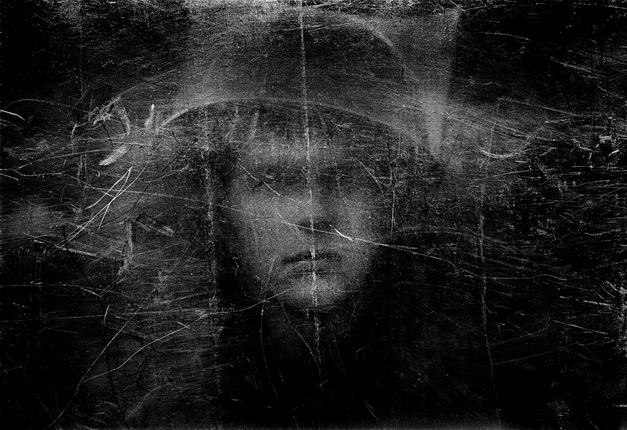
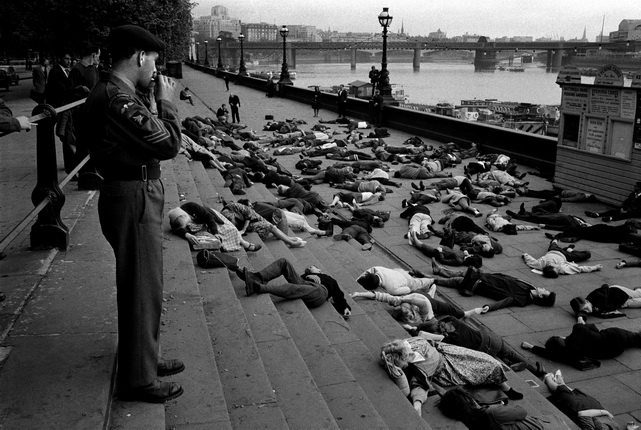
Philip Jones Griffiths. Boy Destroying Piano. Wales, 1961. Courtesy of the Philip Jones Griffiths Foundation and Trolley Books. © Philip Jones Griffiths Foundation
Philip Jones Griffiths. Miners, Cwm Colliery. Wales, 1957. Courtesy of the Philip Jones Griffiths Foundation and Trolley Books. © Philip Jones Griffiths Foundation
Philip Jones Griffiths. Nannies outside Number 10, Downing Street. London, 1959. Courtesy of the Philip Jones Griffiths Foundation and Trolley Books. © Philip Jones Griffiths Foundation
Philip Jones Griffiths. Outside Pentonville prison where their friend was being hanged. London, 1958. Courtesy of the Philip Jones Griffiths Foundation and Trolley Books. © Philip Jones Griffiths Foundation
Philip Jones Griffiths. The Cavern Club. Liverpool, England, 1963. Courtesy of the Philip Jones Griffiths Foundation and Trolley Books. © Philip Jones Griffiths Foundation
Philip Jones Griffiths. A teenage couple at Richmond Jazz Festival. London, 1964. Courtesy of the Philip Jones Griffiths Foundation and Trolley Books. © Philip Jones Griffiths Foundation
Philip Jones Griffiths. British Soldier. Northern Ireland, 1973. Courtesy of the Philip Jones Griffiths Foundation and Trolley Books. © Philip Jones Griffiths Foundation
Philip Jones Griffiths. Soldier seen through shield. Northern Ireland, 1973. Courtesy of the Philip Jones Griffiths Foundation and Trolley Books. © Philip Jones Griffiths Foundation
Philip Jones Griffiths. Ban the Bomb enactment showing casualties, Embankment. London, 1962. Courtesy of the Philip Jones Griffiths Foundation and Trolley Books. © Philip Jones Griffiths Foundation
Moscow, 2.04.2014—18.05.2014
exhibition is over
Central exhibition hall Manege
1, Manege Square (
www.moscowmanege.ru
Share with friends
With the support of the Philip Jones Griffiths Foundation and Trolley Books
Curators: Gigi Giannuzzi, Laura Serani
For the press
Philip Jones Griffiths (1936 — 2008) is renowned as the foremost photographer of the Viet Nam conflict. Born in Rhuddlan, Wales, Philip first studied pharmacy in Liverpool and worked in London while photographing part-time for the Manchester Guardian. In 1961 he became a full-time freelancer for the London-based Observer. He covered the Algerian War in 1962, and then moved to Central Africa. From there he moved to Asia in 1966, having just become an associate member of Magnum, and worked in Viet Nam until 1971 when he also became a full member.
Magnum found his Viet Nam images difficult to sell to American magazines, as they concentrated on the suffering of the Vietnamese people and reflected his view of the war as an episode in the continuing decolonisation of former European possessions. However, he was eventually able to get a scoop that the American outlets liked: photographs of Jackie Kennedy vacationing with a male friend in Cambodia. The proceeds from these photos enabled him to continue his coverage of Vietnam and to publish Vietnam Inc. in 1971. The book had a major influence on American perceptions of the war, and became a classic of photojournalism. Vietnam Inc. crystallized public opinion and gave form to Western misgivings about American involvement in Vietnam. One of the most detailed surveys of any conflict, Vietnam Inc. is also an in-depth document of Vietnamese culture under attack.
As John Pilger wrote, «I never met a foreigner who cared as wisely for the Vietnamese, or about ordinary people everywhere under the heel of great power, as Philip Jones Griffiths. He was the greatest photographer and one of the finest journalists of my lifetime, and a humanitarian to match... His photographs of ordinary people, from his beloved Wales to Vietnam and the shadows of Cambodia, make you realise who the true heroes are. He was one of them.»
In 1980 Griffiths moved to New York to assume the presidency of Magnum, a post he held for a record five years. His assignments, often self-engineered, took him to more than 120 countries. He continued to work for major publications such as Life and Geo on stories such as Buddhism in Cambodia, droughts in India, poverty in Texas, the re-greening of Vietnam, and the legacy of the Gulf War in Kuwait. His continued revisiting of Vietnam, examining the legacy of the war, lead to his two further books Agent Orange and Vietnam at Peace. Human foolishness always attracted Griffiths’ eye, but, faithful to the ethics of the Magnum founders, he believed in human dignity and in the capacity for improvement. His hero Henri Cartier-Bresson — the man whose picture had first inspired the 16-year-old Jones Griffiths at the Rhyl camera club — later wrote: «Not since Goya has anyone portrayed war like Philip Jones Griffiths.»
Philip Jones Griffiths was honored in 2007 for Achievement in Photojournalism, at the 5th Annual Lucie Awards in New York.
The exhibition Recollections present a period much closer to home, with many previously unseen images taken of Britain in the 1950s, 60s and 70s. The pictures depict social and political affairs, and landmark events over three decades of change and upheaval in Great Britain. From the Beatles in Liverpool and coalminers in Wales, to CND marches on the streets of London and funeral processions in Northern Ireland, the images are acute, human, and full of his trademark perceptive commentary. They describe an important transition in British society, most importantly through the eye of this unique master of composition and narrative. Recollections presents a domestic revolution from one of the world’s greatest photographers, whose international fame covering a country on the other side of the world, is now put in the context of his equally incisive work at home.
In 2008 the images will also be exhibited in Liverpool at the National Conservation Centre, as part of their City of Culture Celebrations. An exhibition of his Agent Orange work will be exhibited at the Brighton Photo Biennale, October 2008.
Philip Jones Griffiths died after a long period of ill health from cancer, at home in West London, on 19th March 2008. His work and archive survives through the Philip Jones Griffiths Foundation for the Study of War and Conflict, managed primarily by his two daughters, and in his books. Following Viet Nam Inc, A Dark Odyssey, Agent Orange (Trolley, 2003) and Viet Nam at Peace (Trolley, 2005) there will also be published by Trolley Recollections, which accompanies this exhibition, and a new book in 2009 on Philip’s work in Cambodia.

